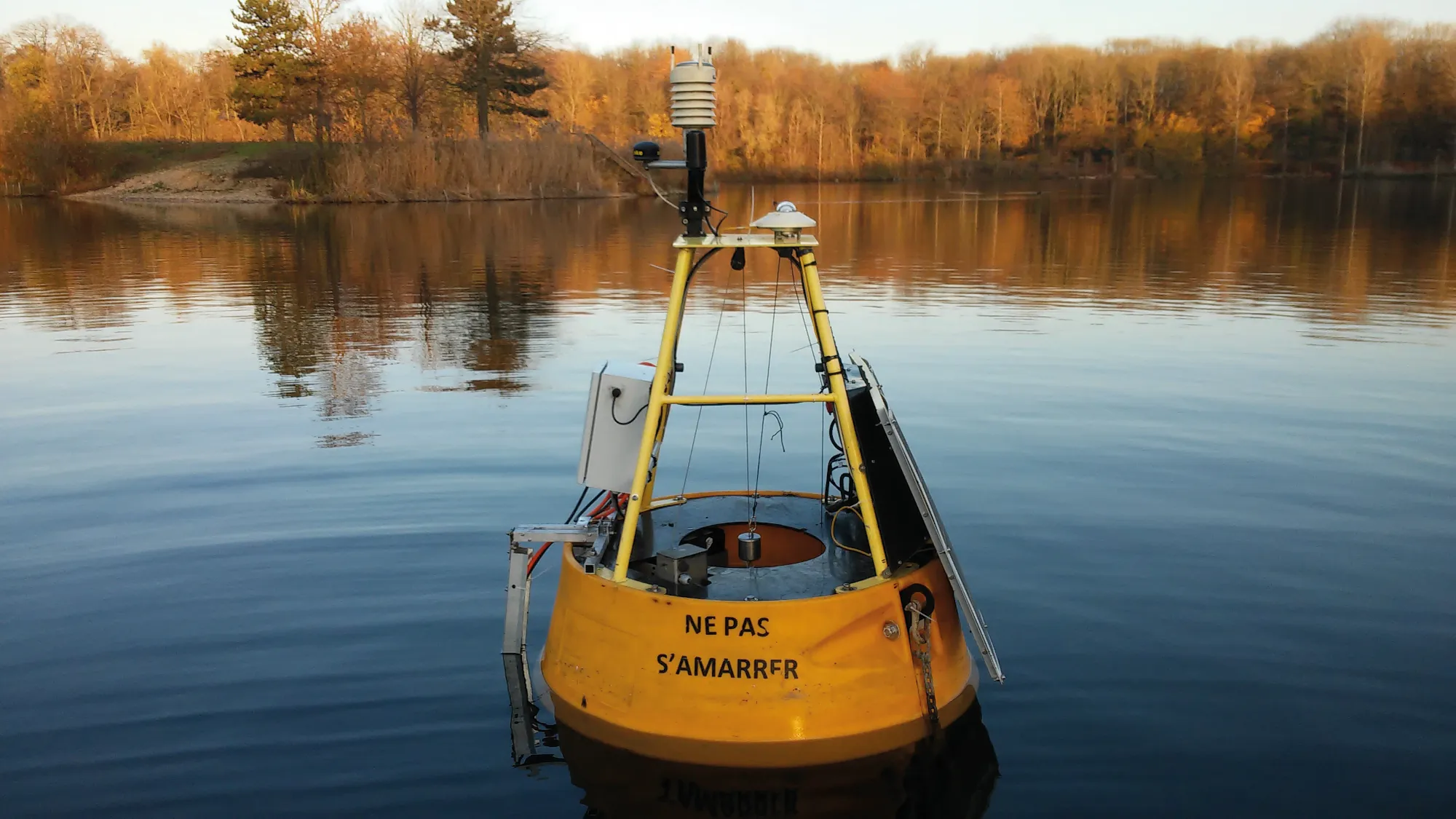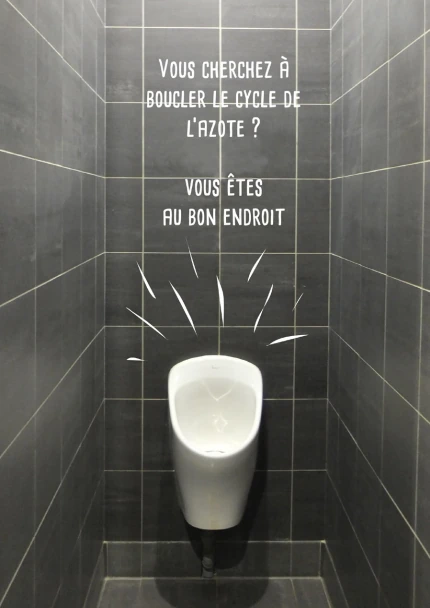DEADLINE FOR APPLICATION: 31 MAY 2020
1. Context
Environmental pollution by plastics has become a global issue. The scientific community is mobilised to produce knowledge on this issue, and in particular to estimate concentrations of plastics in the various air-water-ground media. The issue is all the more acute when looking at small plastic fragments, less than 5 mm in size, known as microplastics (MP).
The most commonly used methods, (infra-red spectrometric methods (IRTF), Raman), are highly timeconsuming, and only allow estimating, above a minimum size, numbers of particles and their chemical composition. In particular, they do not allow the estimation of polymer masses, and therefore concentration, which is impeding progress in the knowledge of the MP impregnation of the environment.
Pyrolysis coupled with gas chromatography and mass spectrometry (Pyr-GC-SM) has recently been proposed for MP characterization and quantification, providing access to masses of each type of polymer without size limitation, but no information on MP morphology. This technique is validated qualitatively and still needs to be further developed in order to derive quantitative results from natural samples.
The development of this method and its use for the estimation of MP concentrations in river sediment samples are addressed in the Sedi-PLAST project (Microplastics in Continental Sediments and Sedimentary Archives) funded by the French National Research Agency and the thesis is part of this project.
2. Objectives
The Sedi-PLAST project proposes to combine a sedimentological approach to the analysis of PM in sediments. The first objective is to understand the relationships between (1) the environments of sedimentary deposits (mineralogical composition, texture, residence time of sediments) and (2) the content, size and nature of MP occurring in sediments. Through the study of sediment cores, which is particularly innovative and original, and in conjunction with the contamination of recent and surface sediments, it also aims to assess the temporal trajectories of plastic pollution on the scale watersheds. In collaboration with aquatic environment managers, it will also make it possible to co-construct a new MP monitoring tool.
The thesis project has two main objectives:
- A methodological objective: development of the quantitative method for MP analysis by PyrGC-MS and comparison with other spectroscopic methods (FTIR and Raman)
- An environmental objective: analysis of MP concentrations in sediment samples from two French rivers (Seine, Loire), in order to characterize their contamination and heterogeneity in relation to hydrology and hydromorphology.
3. Background
Holder of a MPhil, MSc or equivalent, the student must be a chemist, physico-chemist or have knowledge of analytical chemistry. A first experience in GC-MS would be appreciated.
4. Living allowance and supervision
The financing of the thesis is ensured by the Sedi-PLAST project and will be of the order of 1450 € net/month.
The thesis is carried out in collaboration between LEESU and Metis labs. The student will therefore work on the sites of Sorbonne Université, Paris (Metis) and Paris-Est Créteil University (LEESU) and will be cosupervised by Sylvie Derenne (DR CNRS) and Bruno Tassin (DR Ecole des Ponts). The student will also benefit from the technical support of Christelle Anquetil (IE CNRS). Johnny Gasperi, DR, coordinator of the Sedi-PLAST project will be closely associated with the follow-up of the thesis (Laboratoire Eau et Environnement- LEE, Université Gustave Eiffel).
5. Application
To apply, please send a CV and a motivation letter to:
– Sylvie Derenne – sylvie.derenne(at)upmc.fr
– Bruno Tassin – bruno.tassin(at)enpc.fr
– Johnny Gasperi – johnny. gasperi(at)univ-eiffel.fr
Offre de thèse (fichier PDF)









 Scientific production
Scientific production Technical resources and equipment
Technical resources and equipment Expertise and disciplines
Expertise and disciplines


